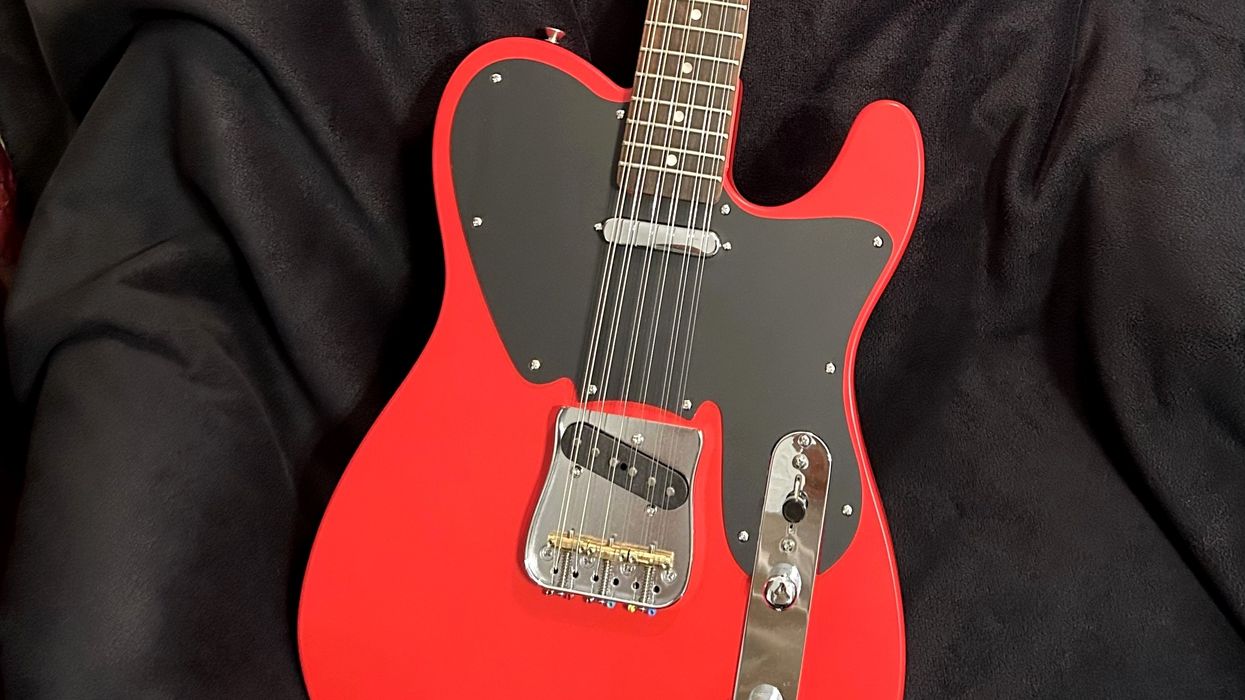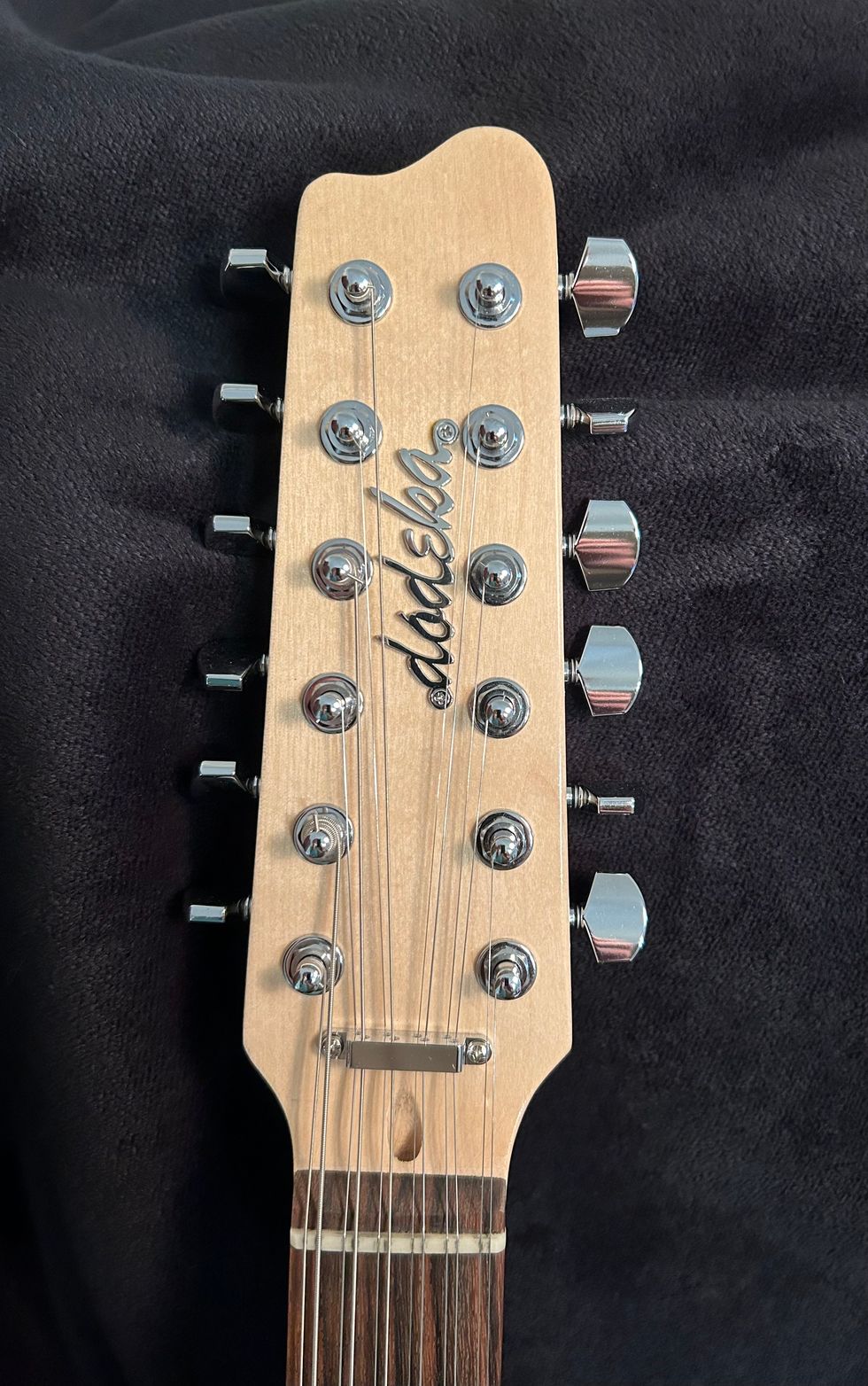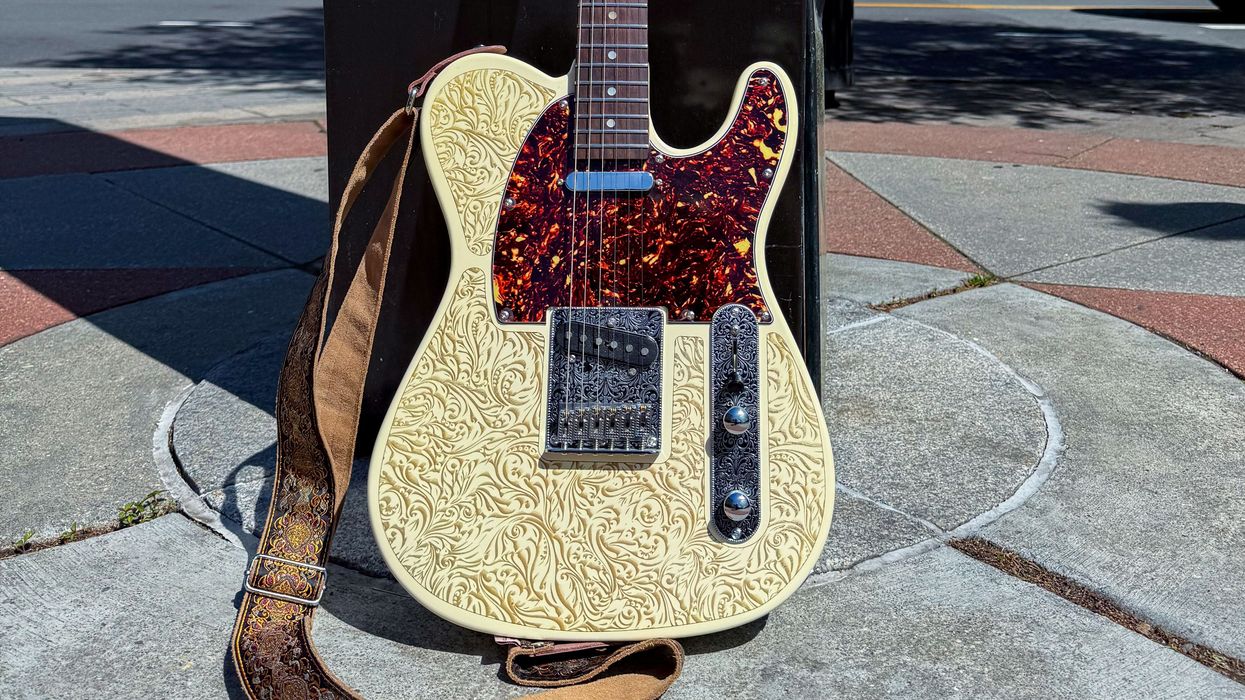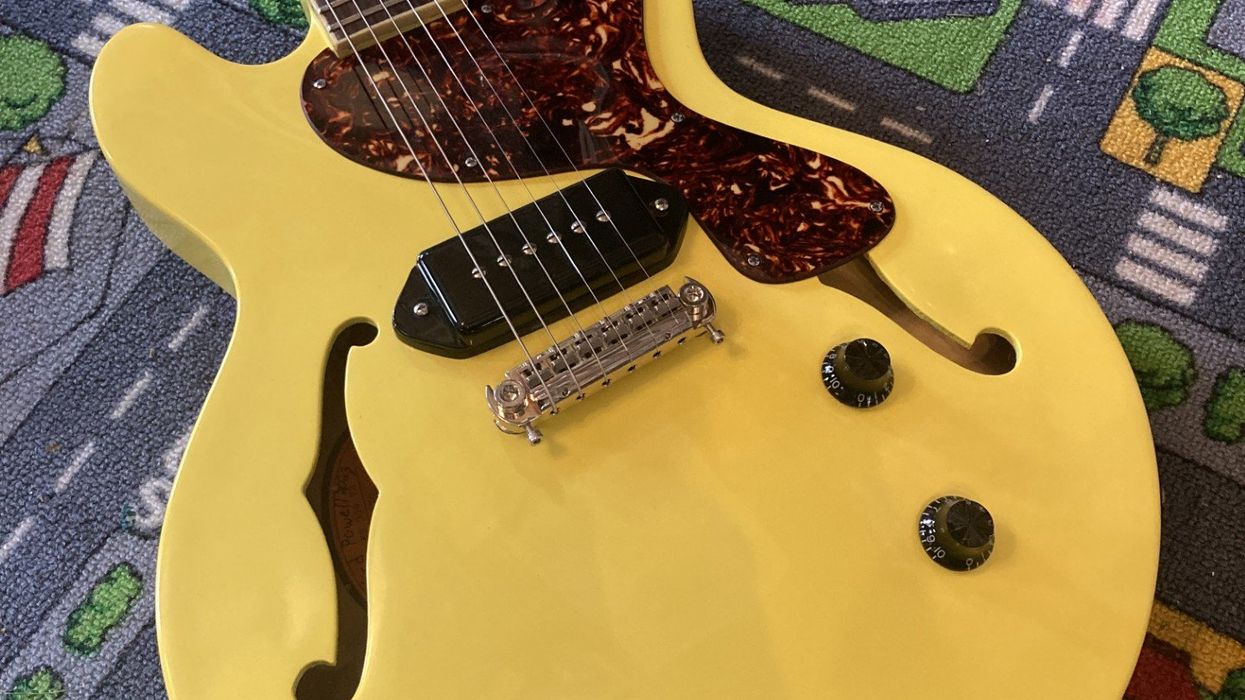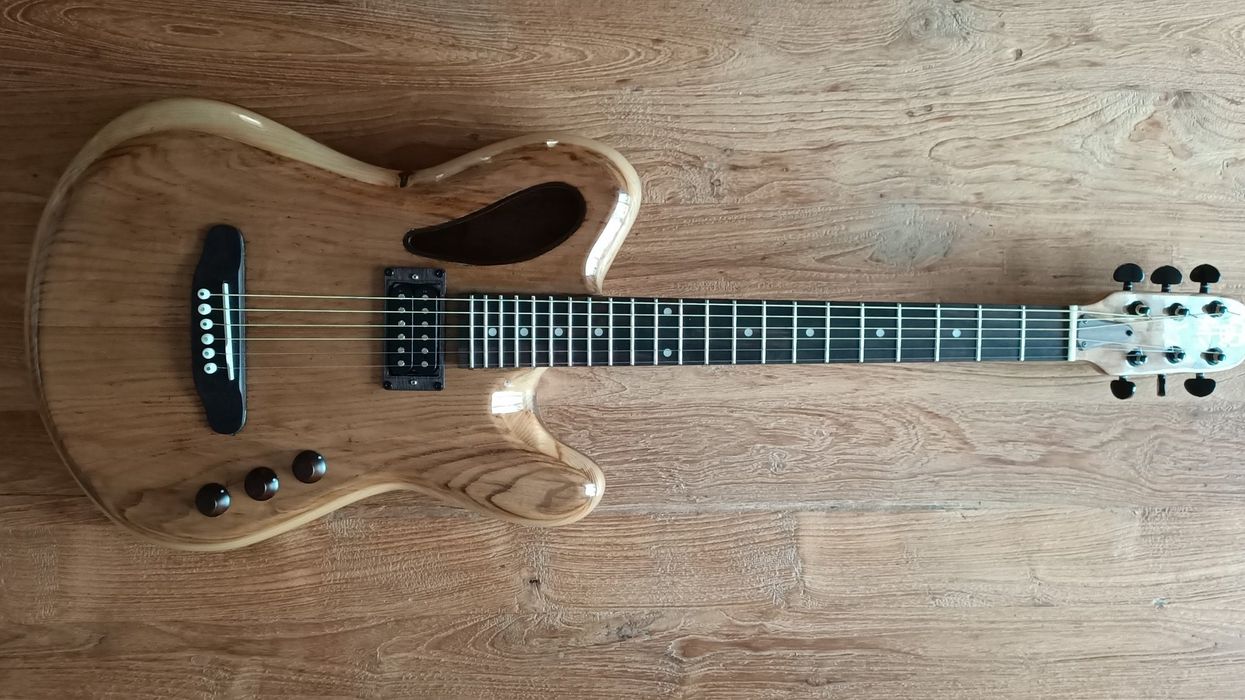I never wanted to be “that guy playing the Flying V.”
I went into my local music store fully intending to buy an Explorer. I spent some time, tried one out, liked it, and thought that it was possibly “the one.” Next to it was a Flying V. I saw that no one was watching, so I figured, what the heck, I’ll try one out. Instantly I knew it was mine. It fit me like a glove, and it sounded like I’d been playing it my whole life. Always a mod man, it wasn’t long before I started personalizing this Flying V. I love the sound and tone of Allen Collins from Lynyrd Skynyrd and am a fan of classic rock, so I modified the stock V into my own personal guitar. It took over a year, but here’s what I did:
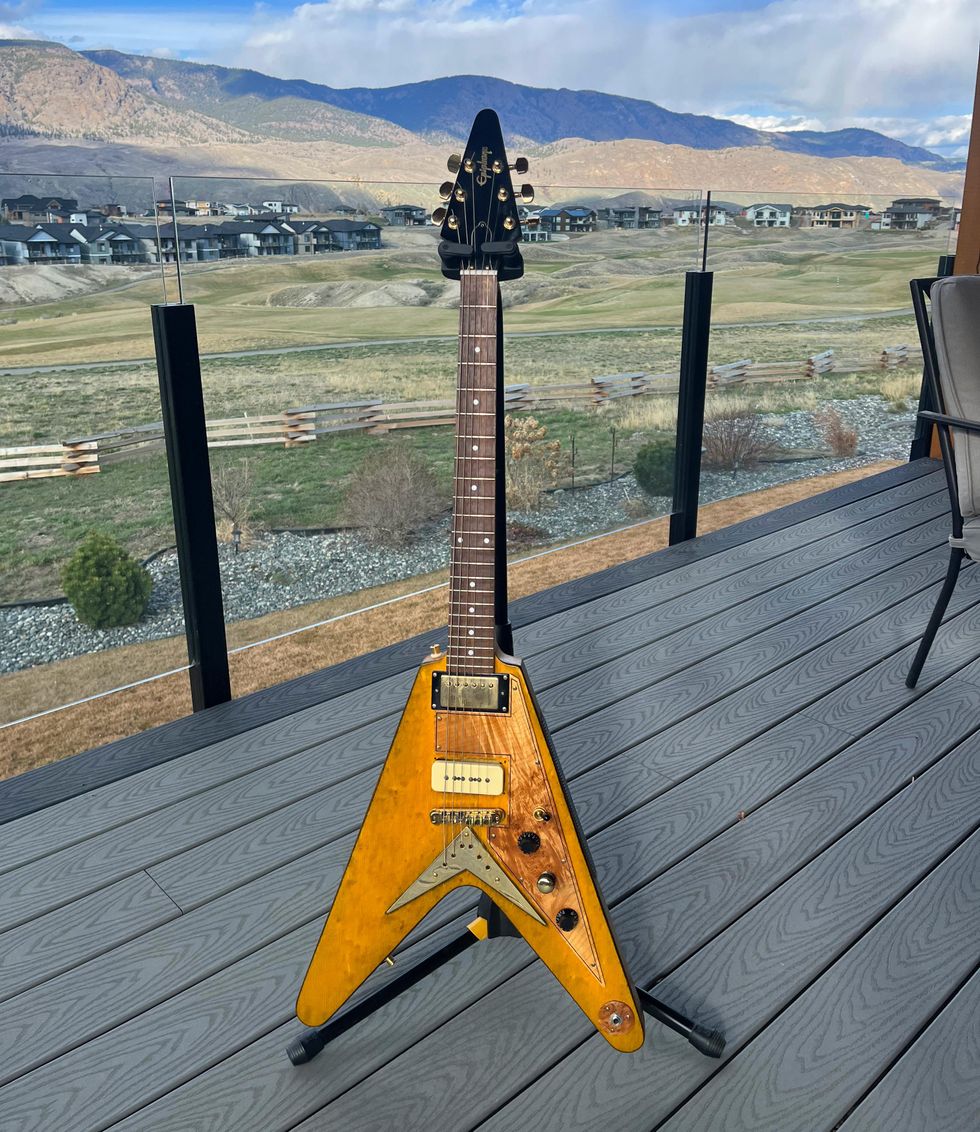
I stripped off all the original polyurethane. It took a lot of sandpaper and a heat gun. I found out the body isn’t solid Korina—it was only a veneer. So, I peeled off the veneer and started the process of dying the body. I wanted to be as authentic to vintage guitars as it could be. I sourced an aniline dye like was used in the 1950s. This color is yellow marigold. I did several treatments to get it to the honey yellow that you see. Instead of paint, I used charcoal to color the edges and the tail piece. Next, it was time for the finish. No poly, no nitro: This is eight very thin coats of Tung oil. It took six months for it to off-gas and completely harden. Now it buffs out to a beautiful semi-gloss/matte finish.
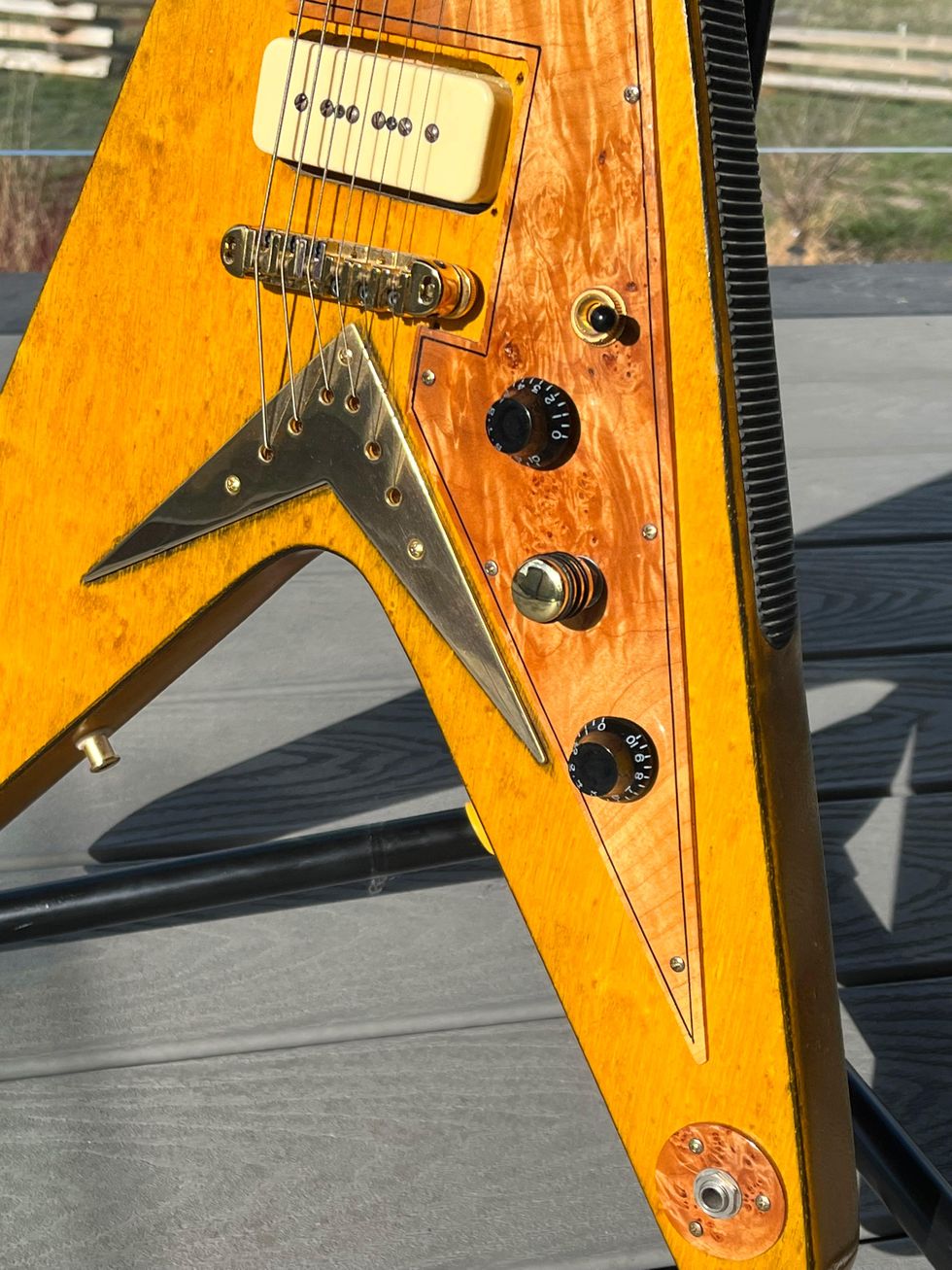
The pickguard and jack plate are handmade by me, out of a thin 1/8" sliced piece of solid maple. You can see around the knobs that it transitions from a beautiful bird’s-eye maple to an amazing flame as you look towards the neck. It was a very slow and delicate process. Because the maple pickguard is so thin and brittle, I had to go very slowly using a hacksaw and sanding block to get it to the right shape and sand it smooth. I made a thin black outline with a paint pen. My own little nod to the Randy Rhoads Concorde.
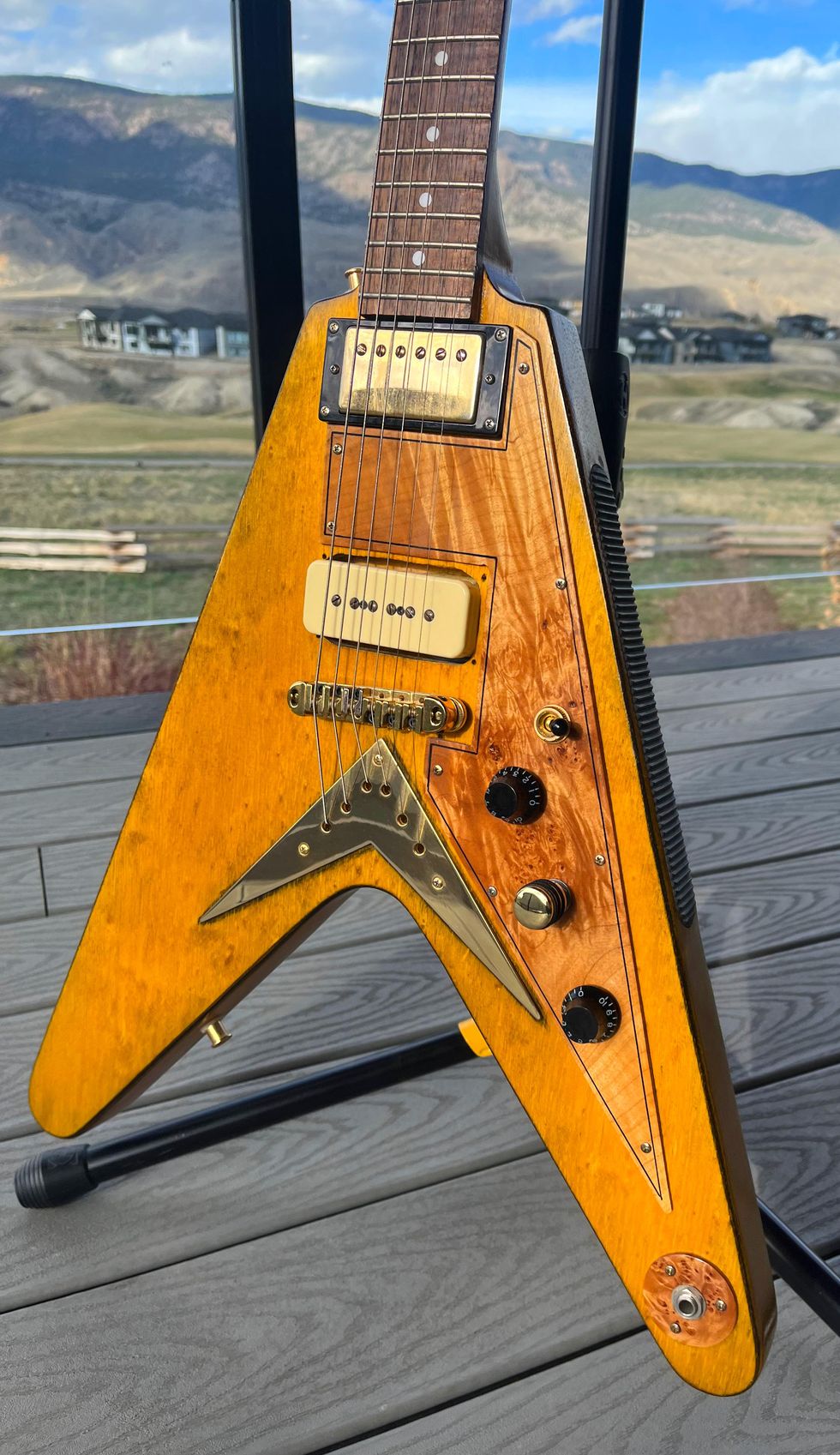
The hardware and electronics were gutted. The only remaining original parts are the tuning pegs and frets. All pots have been upgraded to CTS. The tone pot is equipped with a paper-in-oil capacitor, just like from the ’50s. The bridge pickup is a Seymour Duncan Antiquity P-90, and the neck pickup is a mysterious DiMarzio that I’ve been carrying around in a toolbox for 35 years. The center knob was changed to a gold one simply because I lost the original. I think it adds a bit of flair and uniqueness. The bridge is a gold-plated roller bridge, giving it incredible sustain and tone.
Once assembled, it’s now my beautiful Marigold Yellow Flying V. It rocks just as hard as anything from the classic ’70s and is as smooth as any blues guitar player could ever want. Now I have my perfect guitar, and am proud to be “that guy playing the Flying V.”



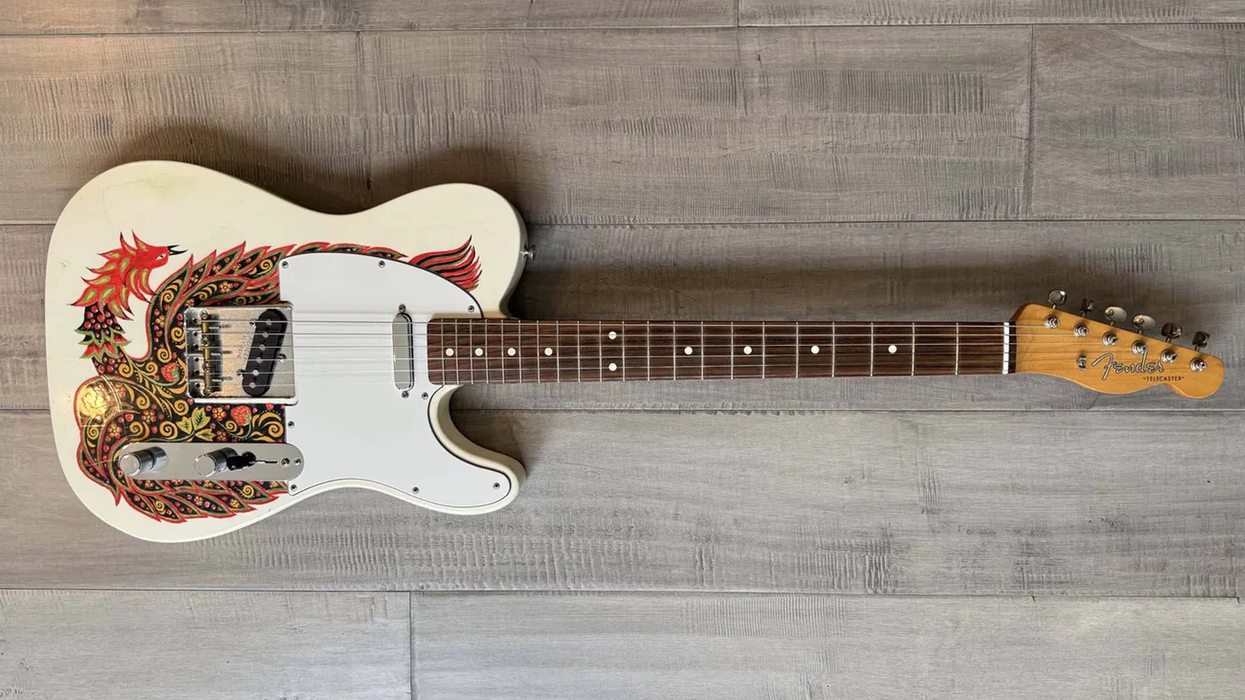

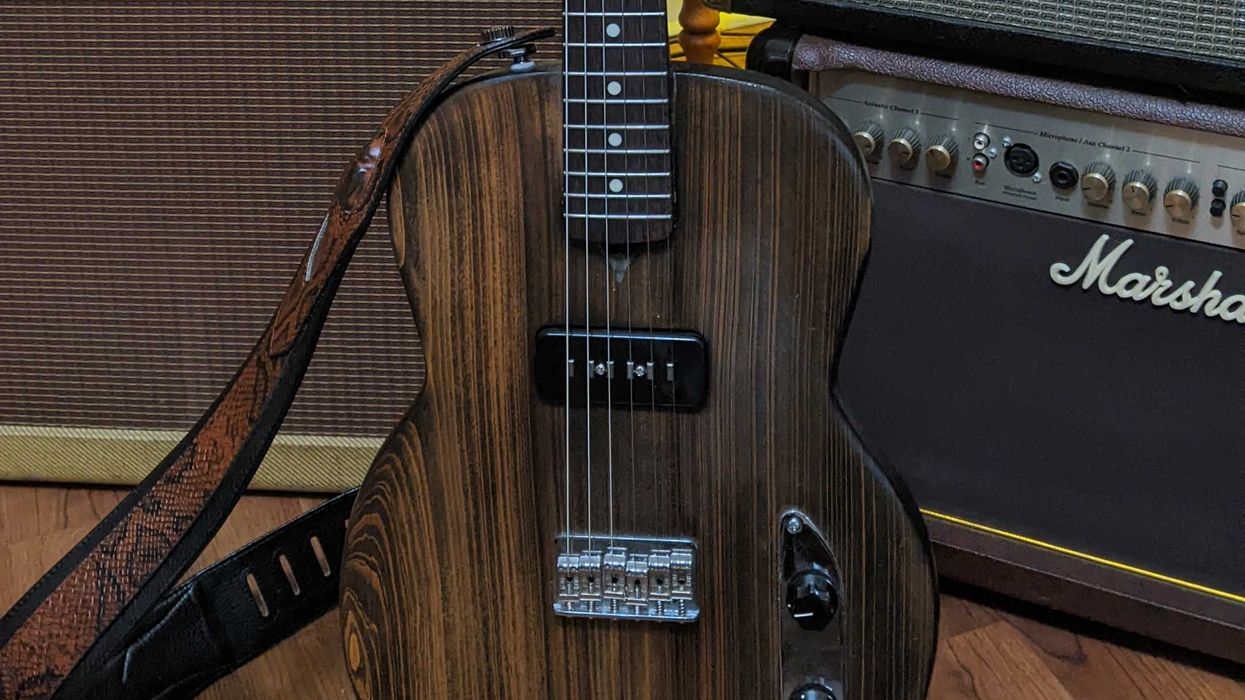
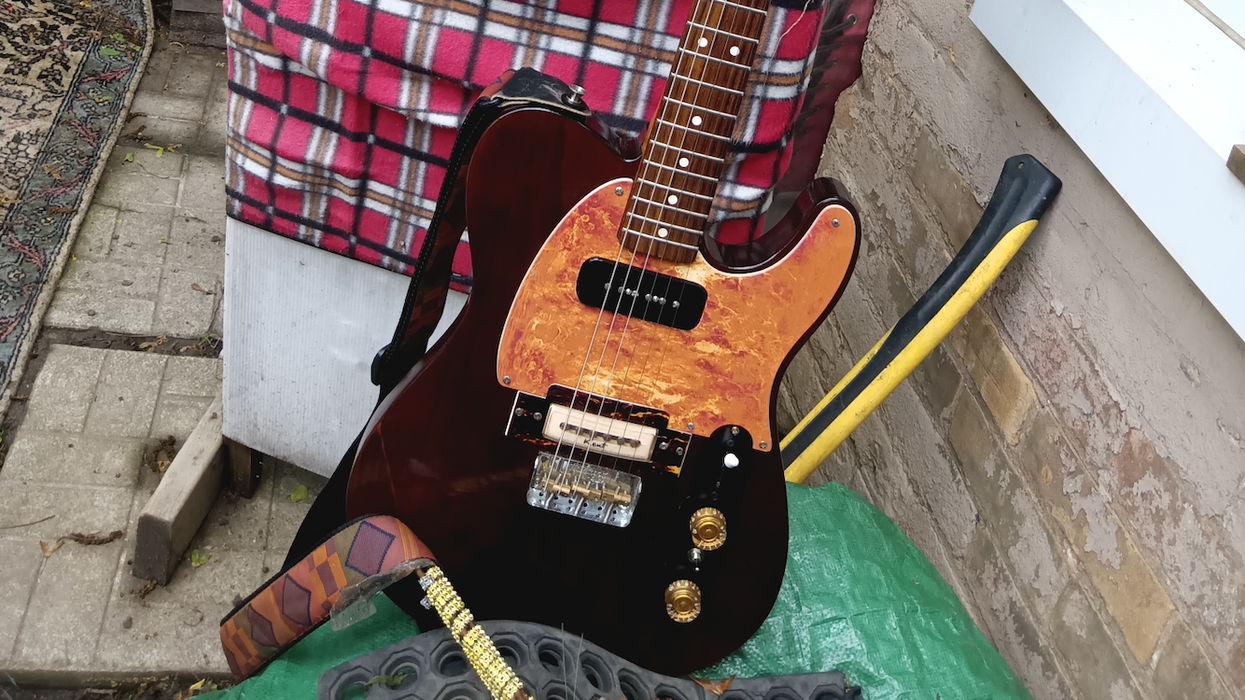

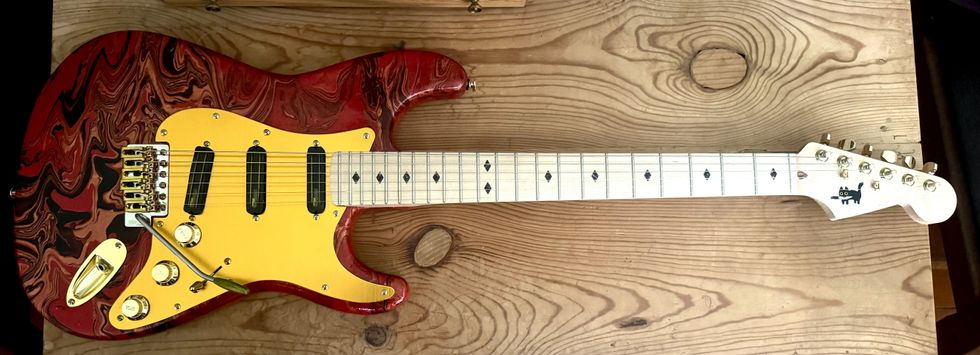



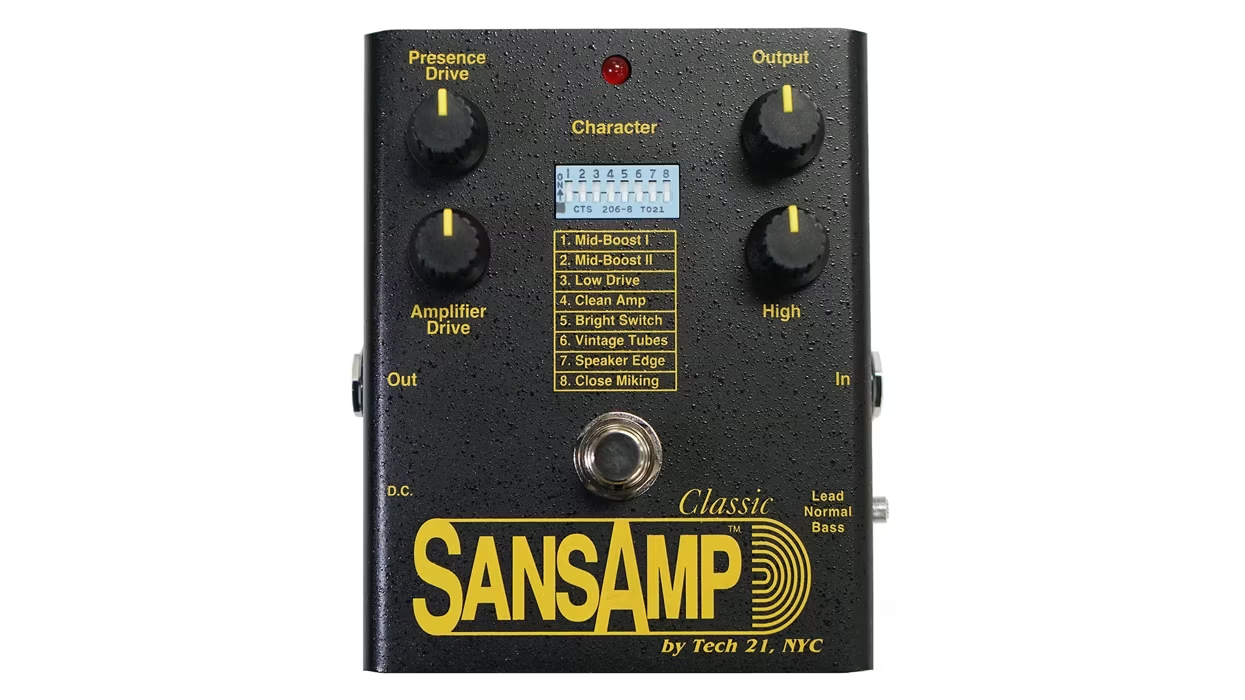
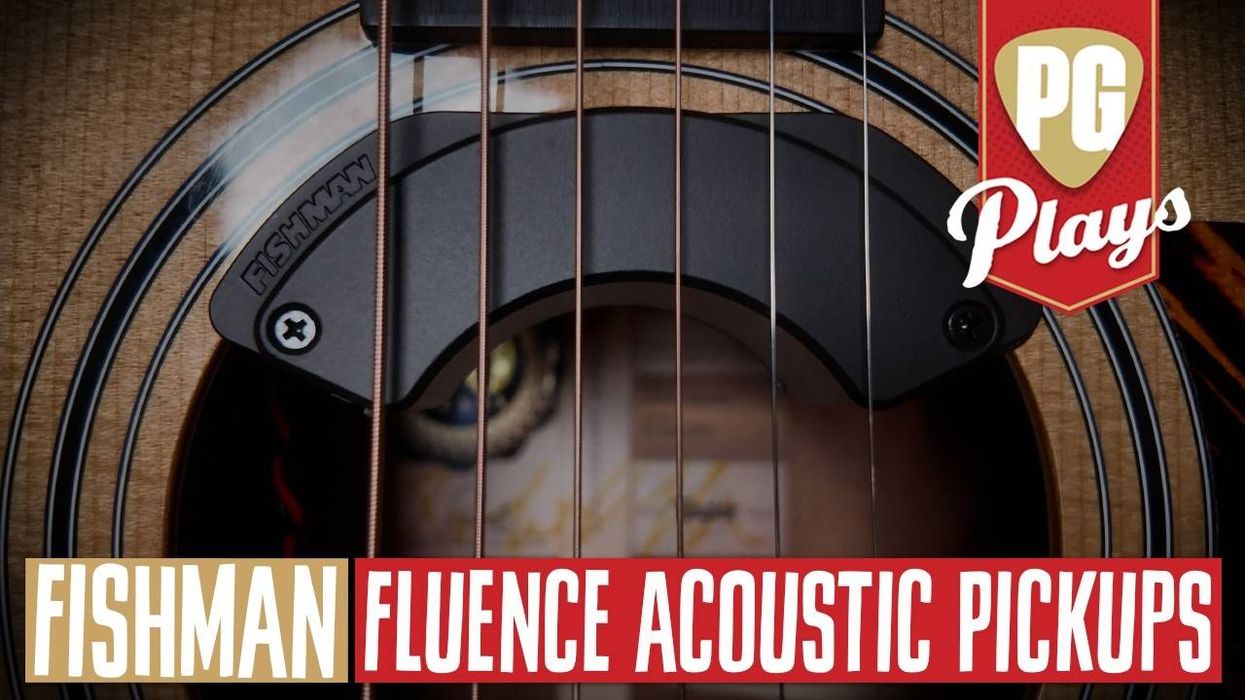
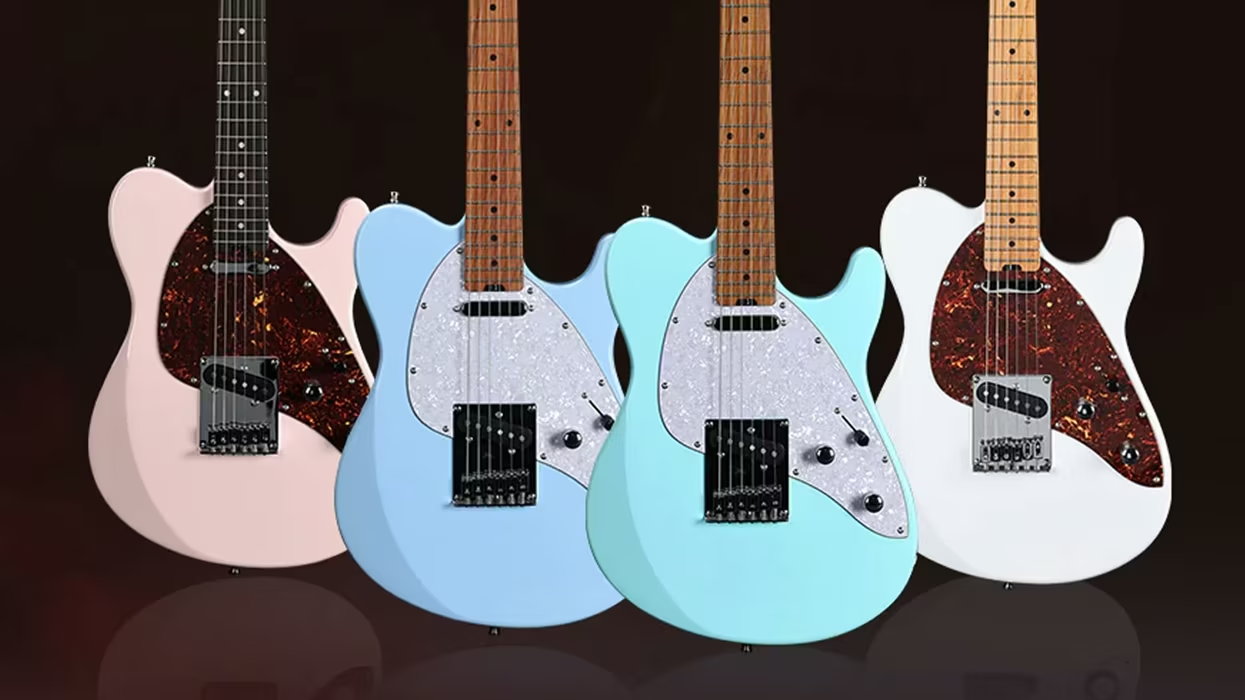
![Rig Rundown: Russian Circles’ Mike Sullivan [2025]](https://www.premierguitar.com/media-library/youtube.jpg?id=62303631&width=1245&height=700&quality=70&coordinates=0%2C0%2C0%2C0)
